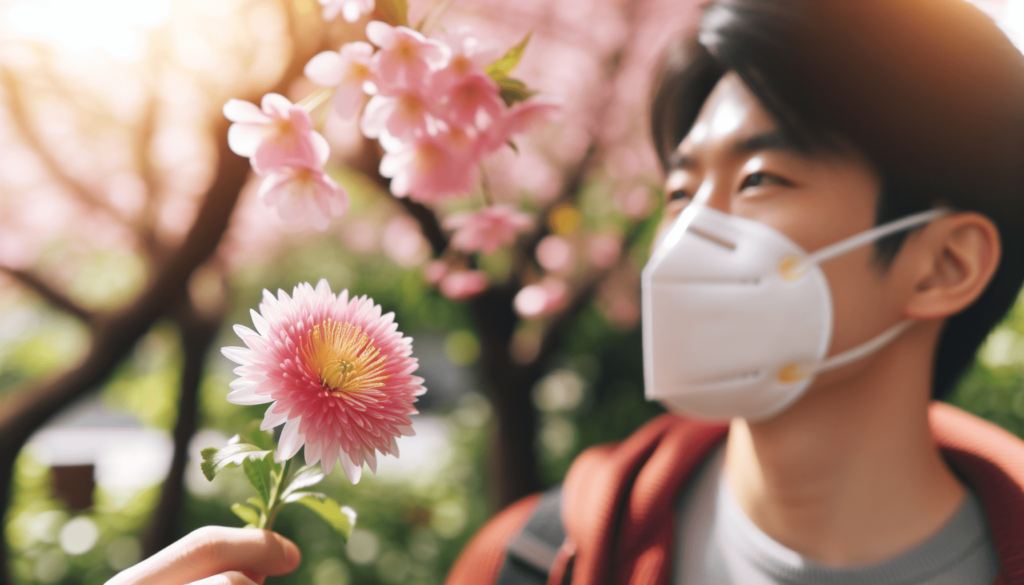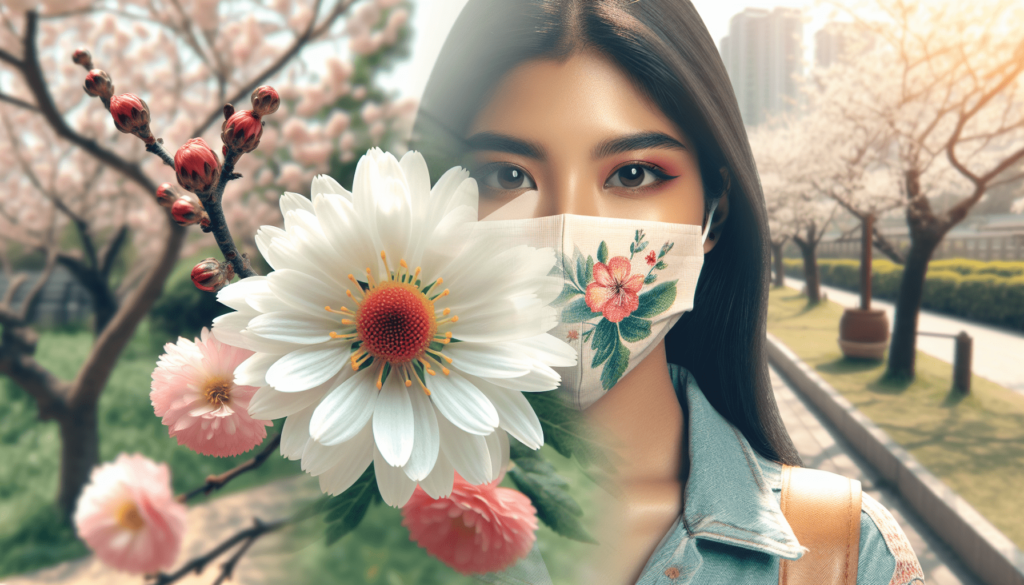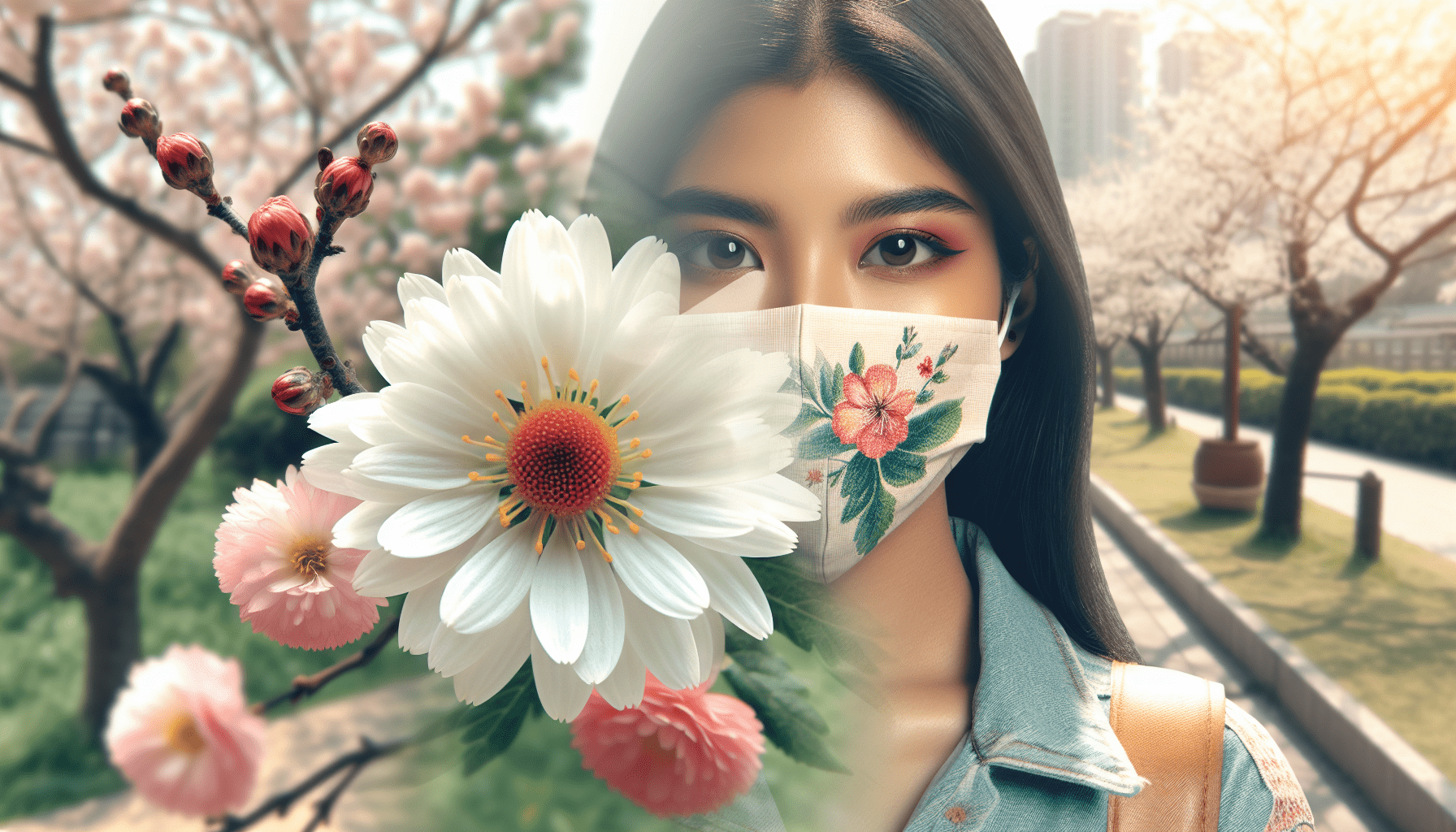Welcome to “Seasonal Allergy Prevention Techniques,” where you’ll discover insightful and practical ways to navigate the seasons without the discomfort of allergies. As you journey through the changing landscapes of each season, you can learn to fortify yourself against pollen, dust, and other common irritants that bring watery eyes and sneezes. This guide will equip you with valuable advice on minimizing exposure, boosting your immune system, and making your environment more allergy-friendly. Get ready to embrace each season with confidence and breathe easier every day. Have you ever wondered how to prevent those pesky seasonal allergies that seem to hit you like clockwork every year? You’re not alone! Seasonal allergies can turn the best of seasons into a sneezefest, making it hard to enjoy the outdoors. Fortunately, there are ways to prepare and protect yourself from these environmental allergens. Whether you’re a veteran in the war against pollen or a newbie trying to get ahead of the game, this guide will offer you some tried-and-true prevention techniques.
What Are Seasonal Allergies?
Seasonal allergies, also known as hay fever or allergic rhinitis, occur when your immune system reacts to allergens in the environment. These allergens include pollen from trees, grasses, and weeds. Symptoms can range from mild to severe, affecting your daily life and well-being.
Common Symptoms
Symptoms of seasonal allergies can vary but generally include:
- Sneezing
- Runny or stuffy nose
- Itchy eyes, nose, or throat
- Watery eyes
- Fatigue
Why Do They Happen?
Your immune system mistakes a harmless substance like pollen as a threat. As a defense mechanism, it releases chemicals such as histamine, which leads to the symptoms you experience.
Understanding Pollen and Its Impact
Understanding what pollen is and how it affects you is crucial in combating seasonal allergies.
Types of Pollen
Different types of pollen can trigger allergies, depending on the time of year and your location. Here’s a quick overview:
| Type of Pollen | Source | Peak Season |
|---|---|---|
| Tree Pollen | Trees like oak, birch, and cedar | Early spring |
| Grass Pollen | Grasses like ryegrass and fescue | Late spring to summer |
| Weed Pollen | Weeds like ragweed and sagebrush | Late summer to fall |
Pollen Count
Pollen count is a measure of the number of pollen grains in a given volume of air. Higher pollen counts typically result in worse allergy symptoms. Weather conditions like wind, rain, and temperature can also affect pollen levels.

Prevention Techniques
Prevention is key when it comes to managing seasonal allergies. Here are various techniques you can adopt to minimize exposure and reduce symptoms.
Monitor Pollen Counts
Start by keeping an eye on daily pollen counts. Many weather websites and apps provide this information.
- Avoid outdoor activities when pollen counts are high.
- Keep windows closed to prevent pollen from entering your home.
- Consider using air purifiers with HEPA filters.
Medication Management
There are several over-the-counter and prescription medications that can help manage your symptoms:
- Antihistamines: These help reduce sneezing, itching, and runny nose. Examples include loratadine (Claritin) and cetirizine (Zyrtec).
- Decongestants: These are useful for relieving stuffy noses. Examples include pseudoephedrine (Sudafed).
- Nasal Sprays: These can help reduce inflammation in your nasal passages. Examples include fluticasone (Flonase) and budesonide (Rhinocort).
Consult with your healthcare provider to find the best medication for your symptoms.
Allergen Avoidance Techniques
Avoiding allergens is another effective way to prevent seasonal allergies. Here are some tips:
- Stay Indoors: Stay inside during peak pollen times, typically early morning and late afternoon.
- Shower and Change Clothes: After being outdoors, take a shower to remove pollen from your skin and hair. Change your clothes to avoid bringing pollen into your living space.
- Laundry Tips: Dry your laundry indoors. Pollen can stick to clothes if you air-dry them outside.
Home Environment Control
Making some changes in your home can make a big difference in controlling your allergy symptoms.
Use Air Purifiers
Air purifiers with HEPA filters can trap pollen and other allergens, improving your indoor air quality.
Maintain Cleanliness
Regularly clean your home to eliminate pollen:
- Vacuum frequently with a HEPA-filter vacuum.
- Dust surfaces using a damp cloth to avoid stirring up allergens.
- Wash bedding weekly in hot water to kill dust mites and remove pollen.
Control Indoor Humidity
High humidity levels can promote the growth of mold and mildew, which can aggravate allergies. Use a dehumidifier to maintain indoor humidity between 30-50%.
Outdoor Protection
If you need to spend time outside, there are still measures you can take to lessen the impact of pollen:
- Wear Sunglasses: They can protect your eyes from pollen.
- Use a Mask: A mask can filter out pollen, reducing the amount you breathe in.
- Limit Pet Access: Pets can carry pollen on their fur. Keep them out of your bedroom and bathe them regularly.
Natural and Alternative Remedies
For those looking for natural alternatives or supplementary treatments, several options can help alleviate symptoms.
Nasal Irrigation
Nasal irrigation with a saline solution can clear out pollen from your nasal passages. Neti pots and saline sprays are common tools for this purpose.
Herbal Supplements
Some herbal supplements are believed to offer relief from allergy symptoms:
- Butterbur: Known for its anti-inflammatory properties.
- Quercetin: A natural antioxidant found in apples and onions that may reduce histamine release.
Consult your healthcare provider before starting any herbal supplements, especially if you are taking other medications.
Essential Oils
Essential oils like eucalyptus and peppermint may offer some relief. These can be used in a diffuser or diluted and applied to the skin.
Acupuncture
Some people find relief through acupuncture. This traditional Chinese medicine technique involves inserting thin needles into the skin at specific points.

Lifestyle Adjustments
Small changes in your daily routine can also help in managing your seasonal allergies.
Healthy Diet and Hydration
A balanced diet rich in vitamins and minerals can boost your immune system. Staying hydrated helps thin mucus, making it easier to expel.
Exercise Wisely
Exercise is beneficial, but during high pollen seasons, switch to indoor exercises. Gyms, indoor pools, or even home workouts are good alternatives.
Adequate Sleep
Proper sleep can strengthen your immune system, making you less susceptible to allergy symptoms. Aim for 7-9 hours of quality sleep each night.
Stress Management
Stress can weaken your immune system, exacerbating allergy symptoms. Practice relaxation techniques such as meditation, deep breathing exercises, or yoga to keep stress levels in check.
When to See a Doctor
While most seasonal allergies can be managed at home, there are times when medical intervention is necessary.
Severe Symptoms
If your symptoms are severe or not adequately controlled by over-the-counter medications, consult a healthcare provider. They may recommend stronger prescription medications or other treatments such as allergy shots (immunotherapy).
Develop Asthma-Like Symptoms
If you start experiencing symptoms like wheezing, shortness of breath, or chest tightness, seek medical help immediately. These could be signs of allergic asthma, which requires professional treatment.
Chronic Sinus Infections
Frequent sinus infections may be a sign that your allergies are not well-controlled. Your doctor may suggest additional treatments or tests to pinpoint the cause.
Recommended Tests
Your healthcare provider might recommend allergy testing to identify specific allergens triggering your symptoms. Common tests include skin prick tests and blood tests.
Conclusion
Seasonal allergies can be a nuisance, but with the right prevention techniques, you can significantly reduce their impact on your life. From monitoring pollen counts and taking medications to making changes in your home and lifestyle, multiple strategies can help you manage your symptoms effectively. Always consult your healthcare provider before starting new treatments, especially if you have other health conditions.
With these tips in hand, you’re better equipped to face the allergy season head-on. So, take a deep breath (hopefully allergen-free!) and enjoy the beauty that each season has to offer.
Here’s to a sneeze-free season!
